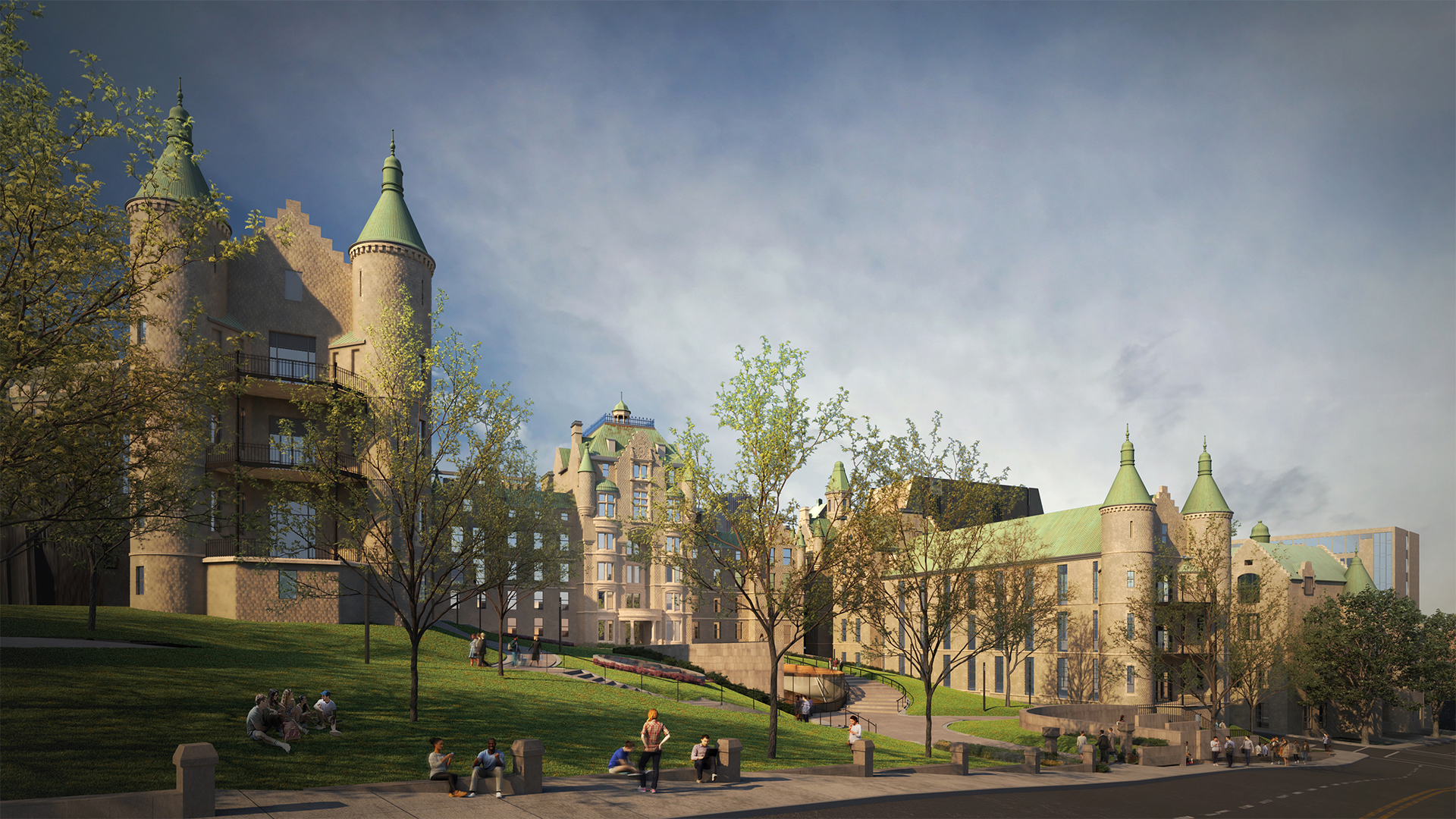
The world needs new ways to solve complex problems. The COVID-19 pandemic has shown how much experts from across many sectors can achieve when they unite in the face of an urgent problem. What lessons can we take away as we tackle society’s most enduring problems?
Solving the climate crisis is a huge challenge, but it’s only part of the puzzle. A truly sustainable future means tackling environmental challenges in tandem with their economic and social impact. The big sustainability challenges that the world is facing will not be solved by people working in isolation.
Addressing complex, interconnected challenges requires a different way of working, one that is more collaborative and encourages innovation and creativity. Innovation also depends on relationships – between individuals and institutions – and an inclusive approach to knowledge building.
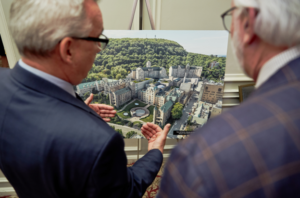
For universities, this means changing the way that people interact will be essential. People need to get out of their offices, out of their labs and meet people from other parts of campus.
Changing how we work means changing where we work. So, McGill University is designing a new space – the New Vic – to bring experts together across disciplines to tackle some of the world’s biggest sustainability challenges. The space, at the former site of the Royal Victoria Hospital, which moved in 2015, will be an innovative research and learning centre with two academic pillars – sustainability systems and public policy – that will change how we work as a university, how we teach, how we learn and how we do research.
McGill is taking a “systems” approach to sustainability, taking into account the relationships between sustainability challenges and goals – understanding that actions toward a goal in one system will often impact many interconnected systems. The New Vic will house three research clusters that are central to sustainability: molecular-materials systems, earth systems and urban systems.
We’re not thinking small. The New Vic is a major construction project. New buildings will respectfully integrate with the restored Scottish baronial heritage buildings that will make up nearly 30 per cent of the project. All told, we’re planning for more than 529,584 square feet of space for research, teaching and learning – including 760 lecture seats in 11 active-learning classrooms and 66 state-of-the-art research laboratories – significantly increasing our capacity to put talent and infrastructure together in one place – to give a physical home to this community of learning and practice. Construction is expected to be completed in 2028.
Canada must adopt an emergency mindset to climate change
A critical step in the net-zero energy transition is modelling the future we’re aiming for
Slippery and steeper: the path to our 2030 emissions target
Within those walls – and courtyards and informal collaboration spaces – the New Vic will bring together approximately 150 professors and their associated research groups (representing 1,040 grad students, postdoctoral fellows and staff) from 20 or so departments. When we include all the undergraduates who will attend lectures or study on-site and the necessary support staff, some 3,000 people will learn and discover and create at the New Vic every day.
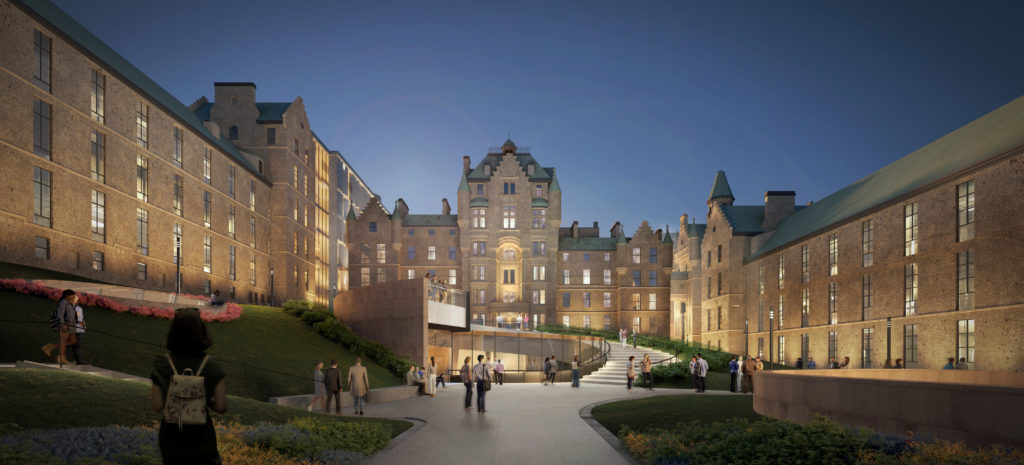
The New Vic is driven by the recognition that intellectual activity and the pressing problems it’s trying to solve are no longer predominantly organized around a single discipline. We want chemical engineers rubbing shoulders with atmospheric scientists studying the Earth’s atmosphere, climate and weather. We want chemists trading ideas with mining engineers – and we want those chemists and mining engineers working side-by-side with public policy experts at McGill’s Max Bell School of Public Policy, where academics tackle the complexity of global challenges with different approaches to public policy. The school’s activities emphasize not only the theory of sound public policy but also the importance of the practical details of policy implementation.
Traditionally, these are not people who cross paths, let alone collaborate. To bring disciplines together in a meaningful way, to bring research students together from different areas and different research programs, the New Vic needs to provide them with collaborative, interactive, informal spaces.
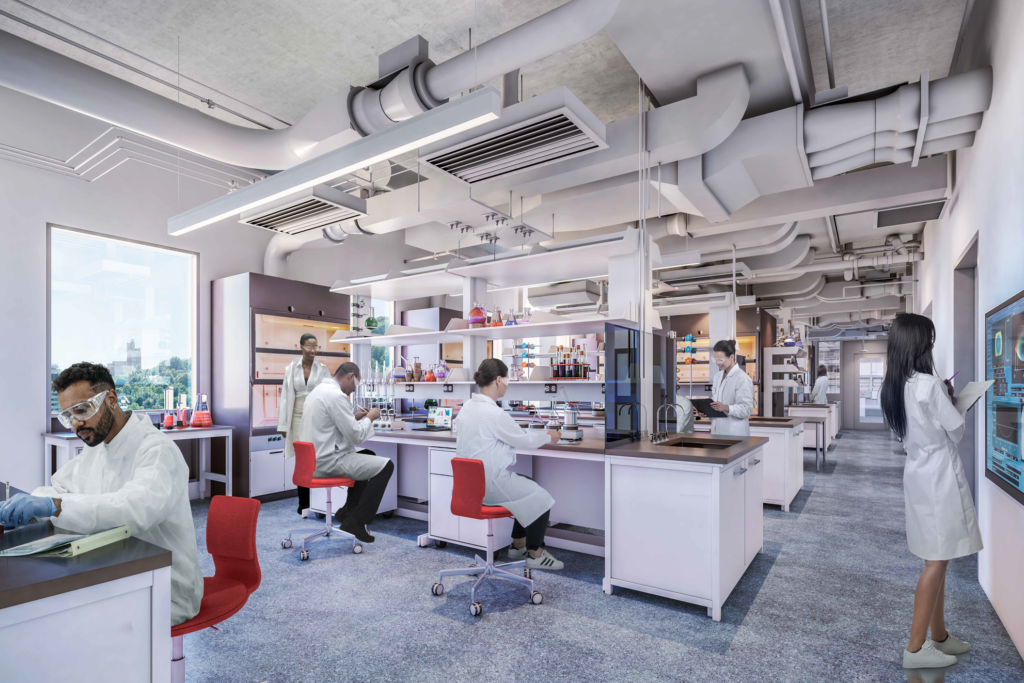
The New Vic will have light-filled courtyards and other collaboration spaces that create an environment where a student or a researcher can participate in the design and fabrication of a novel biodegradable plastic and see it move seamlessly from the computer model to prototype and to market.
It means teaching and learning spaces designed for active learning, well-being, creativity and exchange. It means shared and public spaces that bring together the many communities within our university – and bring the McGill community together with external communities such as government and industry. It means creating four thematic discovery hubs – intensive research laboratories where academics and students from different fields but working on similar problems can share equipment, resources, knowledge and results.
We are building a unique space that will nurture the highly qualified personnel who lead the green transition. The site will also become a new public gateway to Mount Royal and extend the mountain’s presence into the city through the reintegration of green spaces and natural features.
The New Vic is for the next generation of researchers as much as for the researchers already at McGill. The New Vic will be home to five types of state-of-the-art research labs chosen to maximize flexibility of use – wet chemical labs, two types of process labs, computation labs and studios. We’re designing the labs to accommodate research activities, not specific researchers.
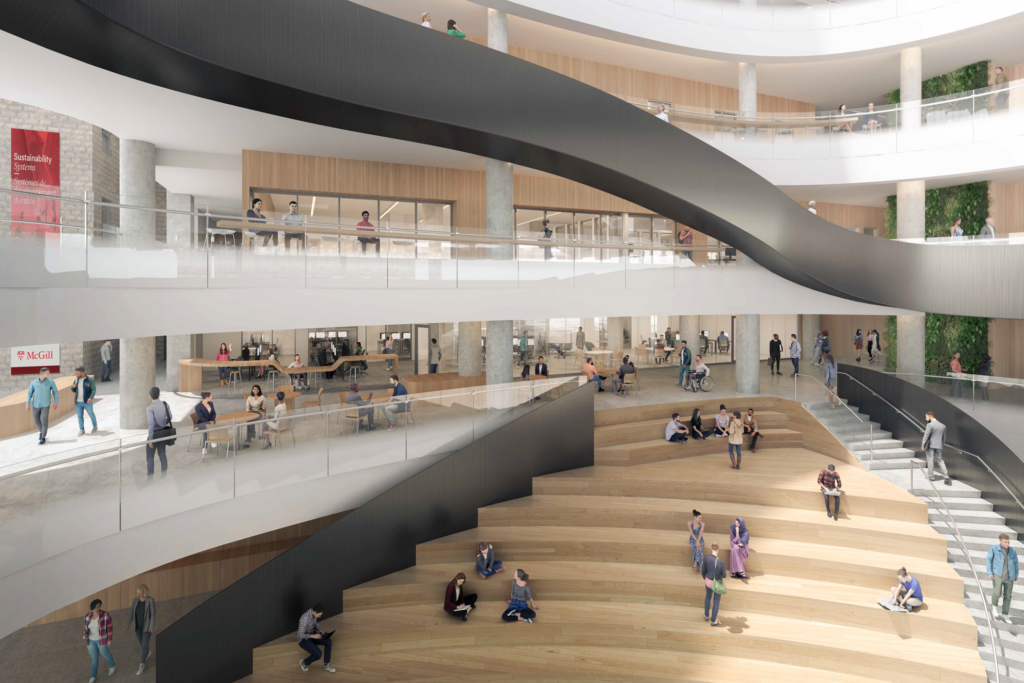
For 122 years, the iconic Royal Victoria Hospital innovated and healed people at the foot of Mount Royal. Now, in a second chapter for the site, the New Vic will help heal the planet with multidisciplinary education and research.
With the New Vic, we’re building an accelerator driving rapid knowledge translation and innovative partnerships. We’re combining our strengths to multiply our impact – and fulfilling our potential as the new kind of university that the 21st-century needs.




